Point tactic, more and more in use padel modern : transitions. Whether from to the defense towards theattack or on the contrary since theattack around the to the defense, what do we have to do ?
Today the padel is more physical than ever. In the past, players spent a lot of time at the back of the court, waiting for the right moment to go to the net, very often after a lob. Nowadays, players are so fast and aggressive that half-court play, transition zone play, and baseline-to-net passes multiple times per point are becoming common.
If we are not all highly trained professionals, we must recognize that in a certain way, these players influence our game. So what should we do?
Attack-defense transition
You are at the net and the opponents find the loophole to push you back to the back of the court. A lob, a fast ball up the middle or down the line and you have to play after the bounce off the glass.
What should I do to avoid being attacked too quickly and losing the point?
First of all, if the ball to be played is very difficult to defend, I try to make a lob as high as possible to give us time to recover. We must accept that the opponents played well, there is no point in fighting in a losing battle. This high lob will make us reset the counters.
On the other hand, if their ball is not that complicated to play after coming out of the window, the idea would be to put them under pressure or put them back under pressure. How ? Your opponents are advancing towards the net, so if you give them a high ball, they will definitely punish you. So we have to slow them down and this involves a petite, a ball to play at the feet, which will allow you to regain possession of the attacking zone.
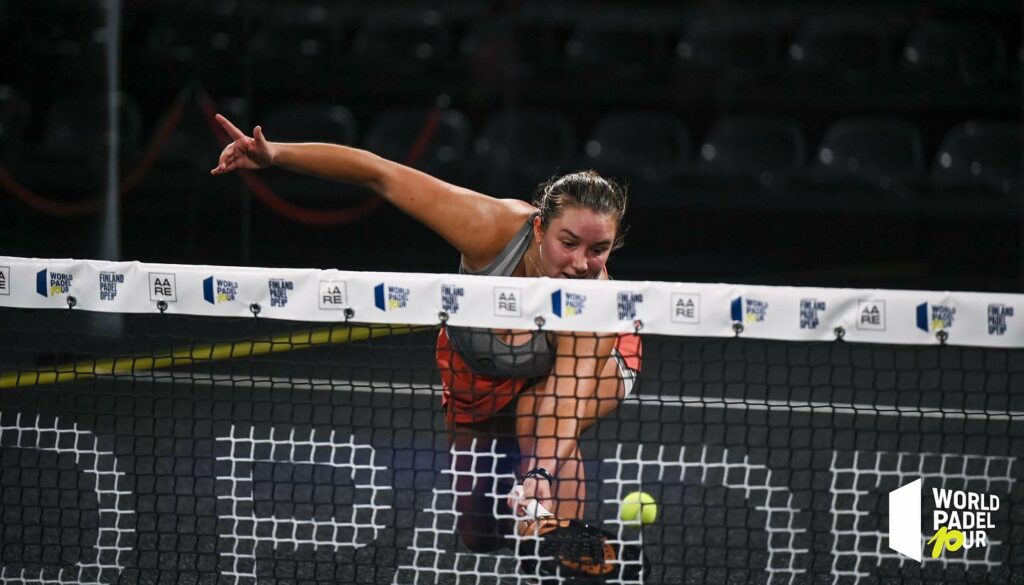
Defense-attack transition
This is where it gets interesting. First of all, tell yourself that the more inventive you are, the better it will be for your attack. The mistake would be to attempt the attacks alone. Remember to organize yourself so that your partner follows you.
Let's start with the high balls. It's the easiest for two people to ride. You make the lob, the opponents go to the back of the track and you advance towards the net. Your job will be, with the first end, to sit at the net while forcing your rivals to stay at the back. So remember that the diagonal player will have to be slightly behind his partner to avoid the counter-lob which will force you to go back to the back.
In case you force opponents to spike or play a bandeja, two options are available to you: either you stay on defense – but that is not the theme today – or you move forward to counter and put pressure. You don't necessarily need to invite your partner to come because most of the time, the opponent will play diagonally. You will be able to volleyball and your teammate will then follow you. In the event that the bandeja would be played in parallel, you are advanced, you have already invited your partner to come forward and you will see that almost automatically, he will play to ensure that he joins you. This pressure can be higher or lower, it depends on your technique and your reflexes. The goal will once again be, with this volley, to push the opponents to the back of the track to take their place in attack.
Finally, let's put pressure on with low balls, tiny, played directly or out of the window. Do what you want but be careful not to play alone because poorly organized pressure will certainly cause you to lose the point. Putting under pressure requires mastery so the first advice would be to try it when you have simple shots to play, from a comfortable position. Then you could try it when the opposing balls bounce a little high on the windows, which gives you time to prepare an attack. Finally, generally speaking, from any position when you detect a ball that is difficult for volleyball players to negotiate.
How far to advance?
There is the question. Don't set a specific location to reach. Depending on your liveliness and speed, and especially depending on the quality of your ball, you can and will have time or not to go more or less close to the net.
Let's take an example: I play a petite coming out of the window in the center towards the grid in my diagonal. It is perfect, I feel it, so I go up very quickly to cut the trajectory and either volley in the center or in parallel because my opponent's partner will have come to cover the center.
Same case but this time my petite is less well hit so if I advance too much, I'll get caught with a cross volley. I can move forward, cross the line, but I won't go that far to just block the volley. And if I play the next shot well, I can go further. Otherwise, I will go back to the bottom.
The transitions are the padel from the future. Going to tickle opponents at the net, testing them on the quality of their volley or their high ball is, and will be, a point not to be neglected in your game. But understand that it is not automatic, you have to be thoughtful, organized. You cannot say or believe that to go on the attack you must start from the back and stick to the net, or that when going on defense you absolutely must lob. These are possible phases, but not automatic. Some times it will work but other times it won't. Have as many options as possible so you can adapt to your opponents and the conditions of the day. Go!
Julien Bondia is a teacher of padel in Tenerife (Spain). Columnist and advisor, he helps you play better through his tutorials and tactical/technical articles padel.





































































































 Premier Padel Brussels P2 – Brea/Gonzalez wins the arm wrestling against Salazar/Icardo
Premier Padel Brussels P2 – Brea/Gonzalez wins the arm wrestling against Salazar/Icardo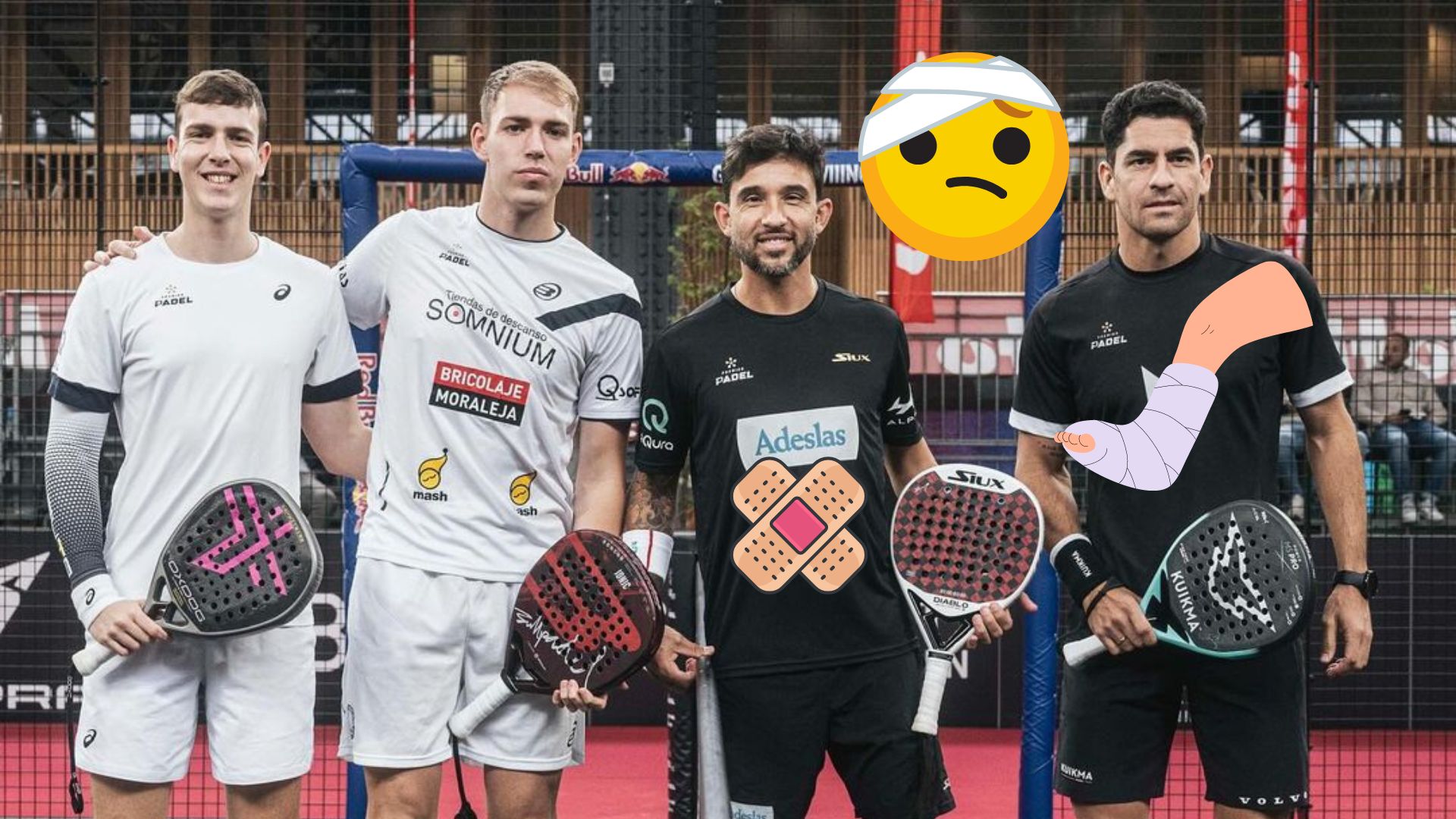 Unusual – Sanyo Gutierrez and Maxi Sanchez suffered in Brussels
Unusual – Sanyo Gutierrez and Maxi Sanchez suffered in Brussels FIP Promotion Sharjah – More French people in the United Arab Emirates
FIP Promotion Sharjah – More French people in the United Arab Emirates Guillaume Codron de Sud Padel : “A family project”
Guillaume Codron de Sud Padel : “A family project” Nallé Grinda: “Democratize the padel in the USA with PadelX "
Nallé Grinda: “Democratize the padel in the USA with PadelX " Simon Boissé: “We know that there are two nations in front of us”
Simon Boissé: “We know that there are two nations in front of us” Marie Maligo: “This period of frequent changes of partners was beneficial for me”
Marie Maligo: “This period of frequent changes of partners was beneficial for me” The All Star Tour returns on May 16 at the All In in Lyon
The All Star Tour returns on May 16 at the All In in Lyon D-7 of the “BetClic Remontada Padel”, at the foot of the Eiffel Tower
D-7 of the “BetClic Remontada Padel”, at the foot of the Eiffel Tower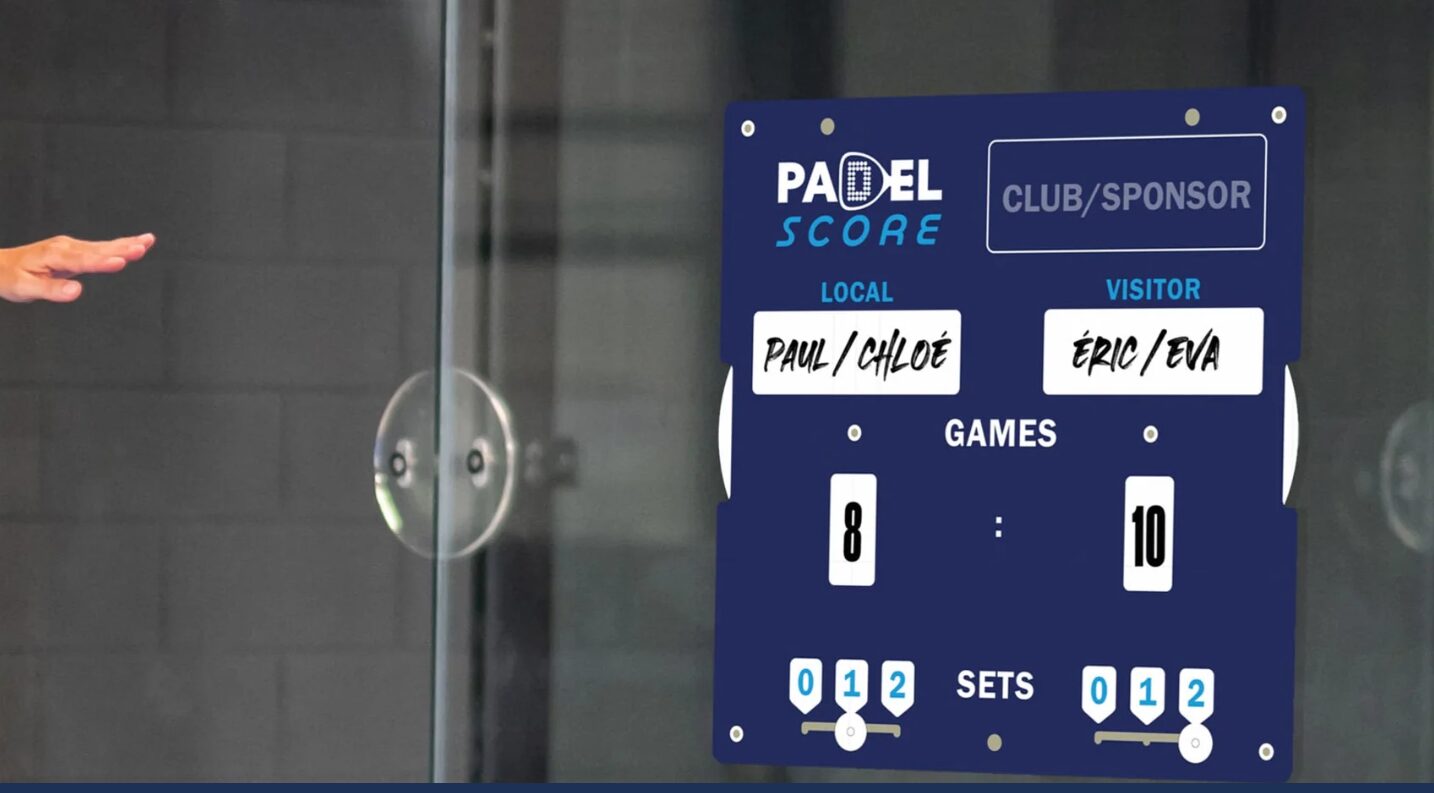 Padel Score: an essential table for keeping score
Padel Score: an essential table for keeping score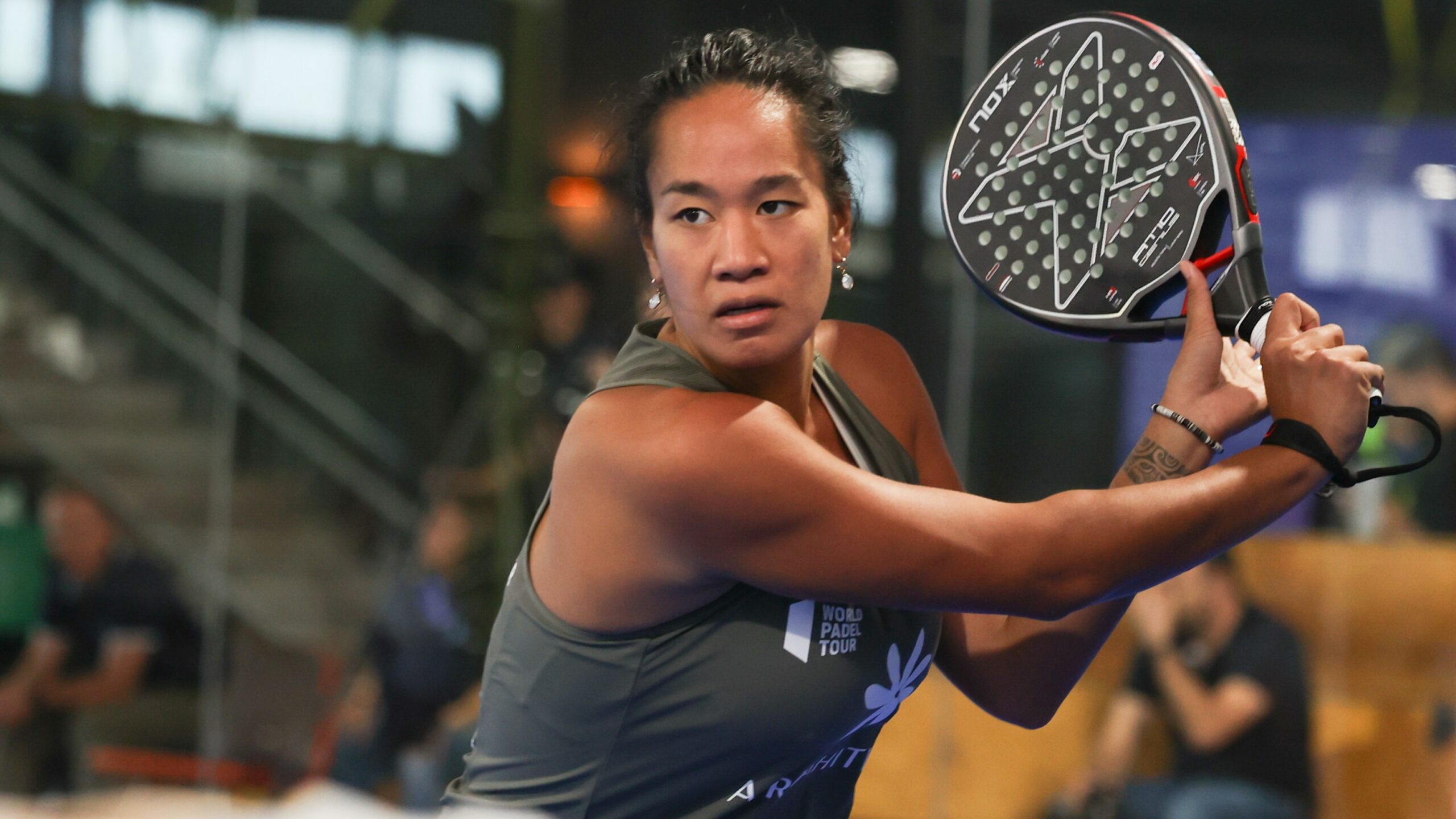 Léa Godallier makes her big return to the slopes this weekend
Léa Godallier makes her big return to the slopes this weekend Premier Padel Brussels P2 – Juan Lebron and Ale Galan together in Belgium?
Premier Padel Brussels P2 – Juan Lebron and Ale Galan together in Belgium?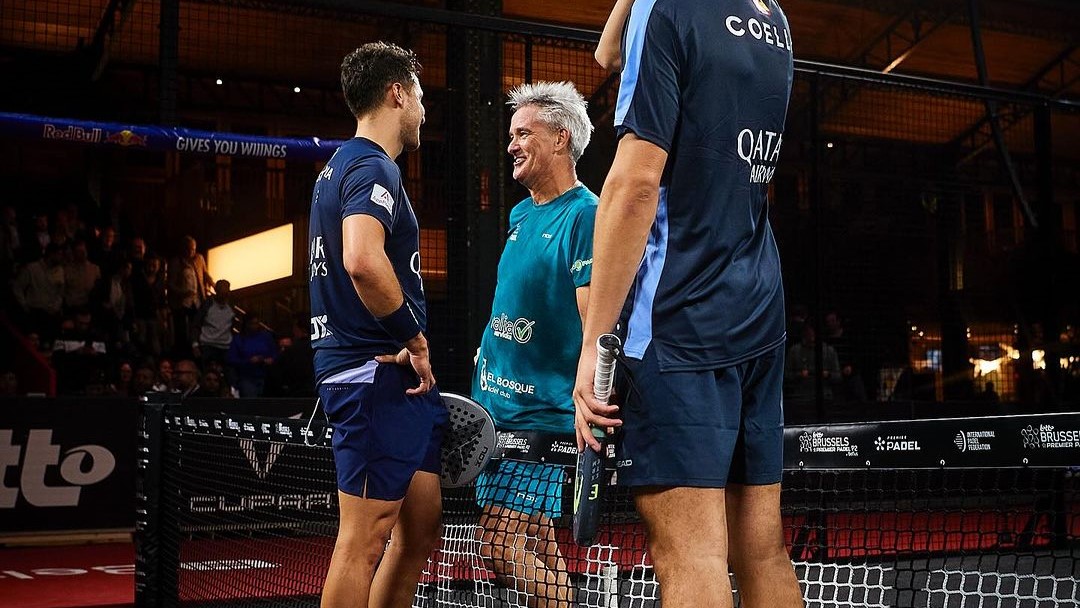 Agustin Tapia salutes the longevity of Miguel Lamperti
Agustin Tapia salutes the longevity of Miguel Lamperti José Manuel Escin at the inauguration of Casa Padel DOS: “Finally, and thank you!”
José Manuel Escin at the inauguration of Casa Padel DOS: “Finally, and thank you!” Padel Score comes to Tahiti for American Express Padel Cup!
Padel Score comes to Tahiti for American Express Padel Cup! Do you know the Rafa Nadal Academy Tour?
Do you know the Rafa Nadal Academy Tour? Play at padel on his yacht? Possible for €233.000!
Play at padel on his yacht? Possible for €233.000!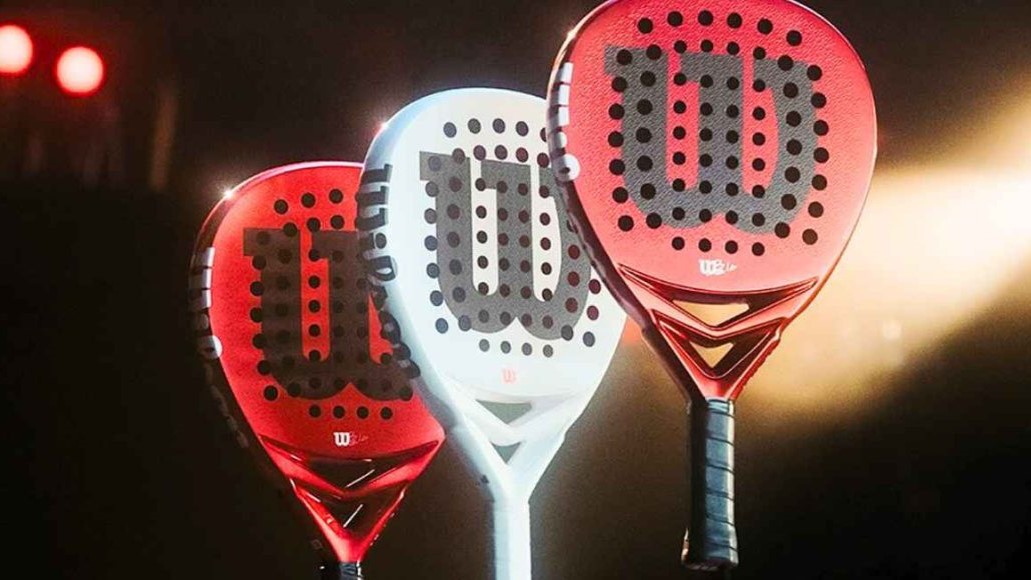 Presentation of the Wilson Bela V2.5 collection
Presentation of the Wilson Bela V2.5 collection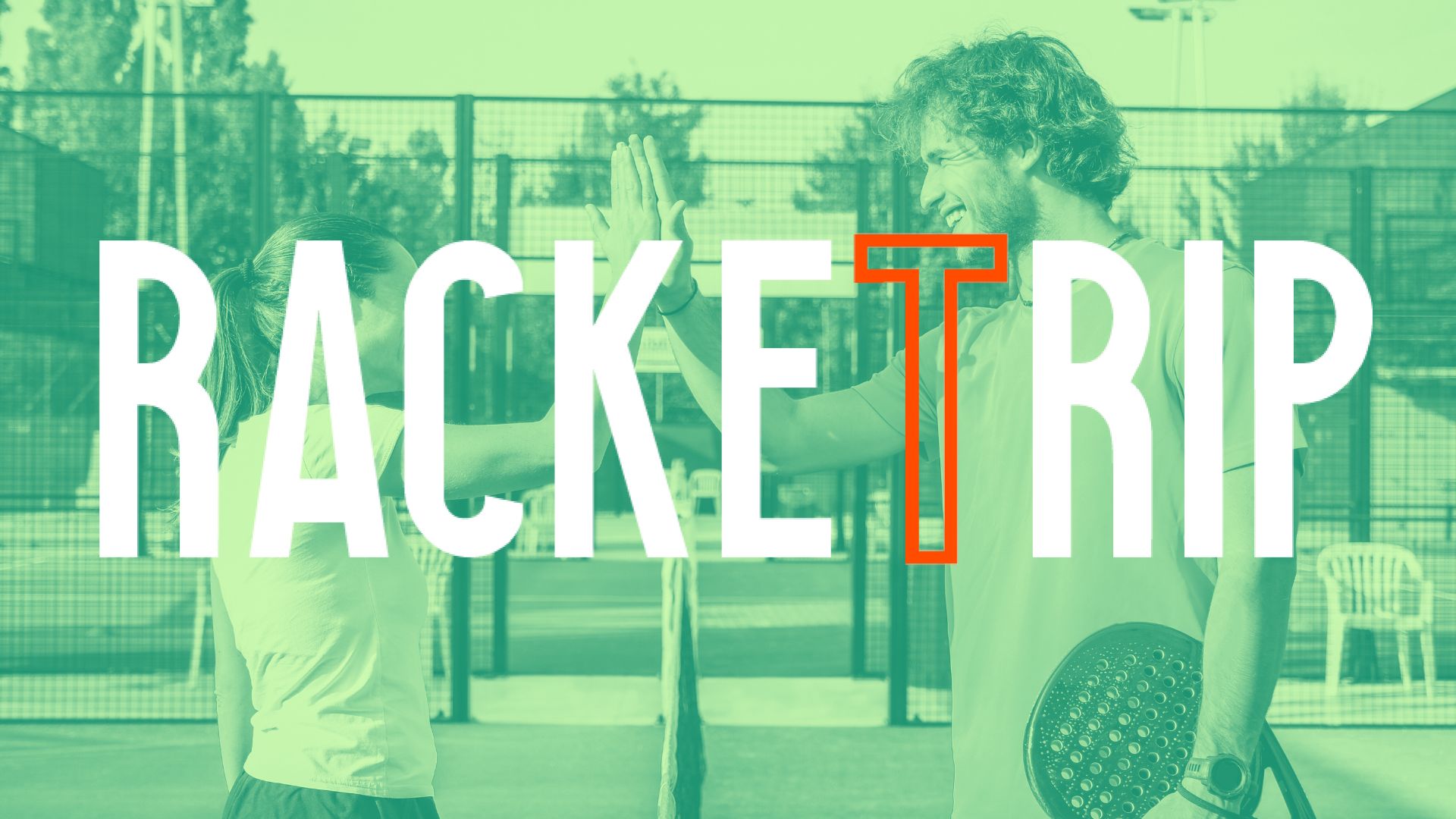 The LinkedIn of racquet sports: Racket Trip
The LinkedIn of racquet sports: Racket Trip The score at padel : manual
The score at padel : manual Our Top 10 training courses padel in France and Europe
Our Top 10 training courses padel in France and Europe At the heart of padel – Episode 25: Paul and Andoni answer your questions
At the heart of padel – Episode 25: Paul and Andoni answer your questions At the heart of padel – Episode 23: defend the window well
At the heart of padel – Episode 23: defend the window well Prohibition on playing topless Padel : the reasons
Prohibition on playing topless Padel : the reasons FIP Tour – Going far from Europe, THE strategy to earn points!
FIP Tour – Going far from Europe, THE strategy to earn points! What is a good football player? padel ?
What is a good football player? padel ? “Lefties give me headaches when I play against them!”
“Lefties give me headaches when I play against them!” At the heart of padel – Episode 14: how to earn points in winter?
At the heart of padel – Episode 14: how to earn points in winter? The basic tactics of padel
The basic tactics of padel A par 4 is always a winner...even if you manage to defend it!
A par 4 is always a winner...even if you manage to defend it! Carbon fiber VS fiberglass: what to choose?
Carbon fiber VS fiberglass: what to choose? How to effectively test a racket padel ?
How to effectively test a racket padel ? La padel to fight Parkinson's disease
La padel to fight Parkinson's disease Don't play with a cracked or broken racket, your body will thank you!
Don't play with a cracked or broken racket, your body will thank you! Michel Cymes: “The padel, physically, it’s serious!”
Michel Cymes: “The padel, physically, it’s serious!” Jeremy Gala: “Promote the padel among young people in Belgium remains a challenge”
Jeremy Gala: “Promote the padel among young people in Belgium remains a challenge” The French Touch Academy organizes its selection day Padel-Study
The French Touch Academy organizes its selection day Padel-Study Report on the detection and training of younger generations
Report on the detection and training of younger generations